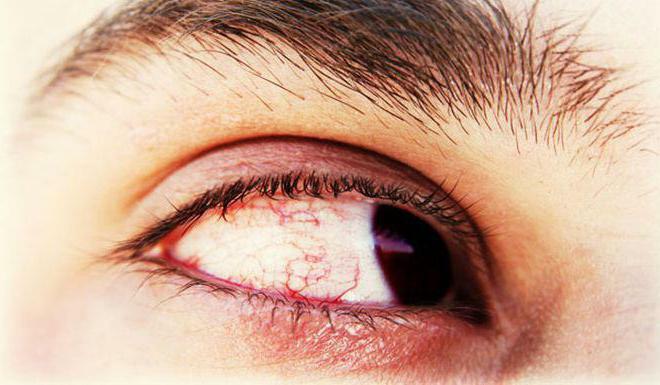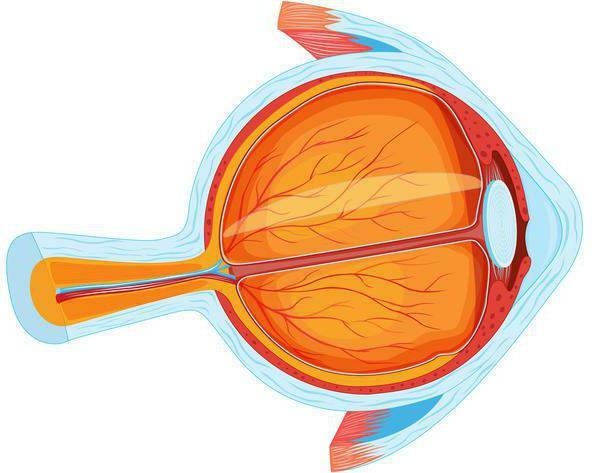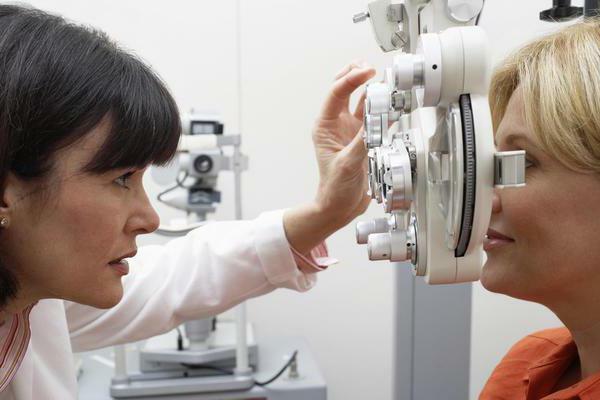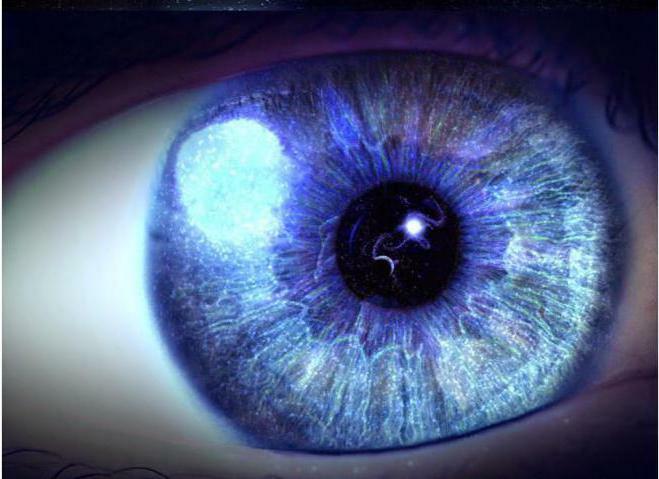Outbreaks in the eyes: causes, symptoms
Flashes in the eyes - this is one of the important signs, indicating a violation of the retina. This phenomenon in medicine is called photopsy. The eye retina has the ability to generate nerve impulses and transmit them to the brain, thus forming a visual image. Many people are wondering why the flash in the eyes is sometimes accompanied by dizziness, spasmodic pain in the head and a decrease in visual function. Let's try to understand the reasons for the appearance of such symptoms, but at the same time we will consider how to deal with them.

What can cause outbreaks?
Let's consider the most probable reasons of occurrence of such pathology. Outbreaks in the eyes may appear in such cases:
- Inflammatory processes occurring in the vitreous body of the eye. This disease is called retinitis.
- Appearance on the retina of a tumor.
- Vascular membranes of the eye, providing blood supply to the eye retina, become inflamed. This disease is called choroiditis.
- The optic nerve becomes inflamed and leads to the development of a disease called neuritis.
- Retinal detachment.
Such manifestations as flashes in the eyes do not have a negative effect on visual functions. But this symptom can not be ignored, since the development of a serious disease can hide behind it. To prevent pathological processes occurring in the retina, and other problems in the work of the visual system, it is necessary to pass the diagnosis in time by visiting the ophthalmology room.

There are other types of diseases in which flashes or flicker can occur. These include:
- Diabetes mellitus.
- Cervical osteochondrosis.
- High or low blood pressure.
- Anemia.
- Internal bleeding.
- Poisoning by toxins.
- Pain in the head.
- Increased intracranial pressure.
Diagnostic methods
If a person has an outbreak in the eyes, the oculist can establish the cause of their occurrence. This will require a number of diagnostic measures:
- Ophthalmoscopy. With the help of special equipment( fundus lens, ophthalmoscope), the doctor studies the fundus and assesses the condition of the retina, the optic disc and the vessels.
- Ultrasound examination of the eyeball. Such a study is necessary if the result at the initial examination was not enough.
- Visual acuity check.

- Coherence tomography( OCT).This study allows a non-contact way to visualize the eye structures at a higher resolution( 1-15 microns) than with ultrasound.
- Electrotonography. Checking eye pressure.
- Fluorescence angiography. X-ray method of research, with which you can check the state of the vessel system in the eyeball.
- Perimetry. This method of investigation makes it possible to determine the boundaries of visual fields and to identify possible defects.
Symptoms
Depending on the disease, sparks, flickering spots and bright flashes in the eyes may appear. The causes of such phenomena are able to establish an ophthalmologist.
Symptoms may appear after prolonged work at the computer, with eye fatigue, with nervous overstrain of the visual system. Sparks may vary in brightness and color. Often they have the form of a glow, floating bright spots and flashes, which prevent one from viewing an object. In the eyes can flicker non-existent images, which were captured by the visual system in the process of work or other activities. These features are related to the work of the nervous system.

Nerve endings in the eyeball are responsible for many vision functions. If problems occur in this system, flashes in the eyes may appear. Symptoms can not be ignored, because they are often hiding a serious health threat.
Methods of treatment of pathology
The methods of therapy depend entirely on the causes that caused the development of such a pathology. To establish the diagnosis will need consultation ophthalmologist. In more complex diseases, such as oncology, an examination of other specialists is required.
Treatment of diseases in an operative way is of two kinds:
- Laser pathology removal. The affected areas of the retina are acutely affected by a laser beam. But this method of therapy is used very rarely, since it is poorly understood.
- Surgical intervention. This method removes the vitreous of the eye and replaces it with a special solution. This method of treatment is used in rare cases, as it can lead to detachment of the retina, cause hemorrhage and clouding of the lens.

If outbreaks in the eyes are not associated with serious diseases, drugs are used that are aimed at normalizing metabolic processes and eliminating symptoms in the form of flicker and flares.
- To strengthen the vessels of the eye, use "Emoxipine" 1%.The medicine is designed to protect the vitreous of the eye from the negative effects of ultraviolet radiation. Also, the drug reduces the chance of hemorrhage, helps to normalize the circulation of fluid in the visual organ.
- The inflammatory process can be removed with the help of "Wobenzima".This medicine has an analgesic effect, normalizes the structure of the blood, provides a full-fledged nutrition to the tissues.
If the cause of the outbreaks is retinal detachment, use the laser coagulation method and surgical intervention. In inflammatory processes, the doctor can prescribe antibacterial agents and corticosteroid preparations. If the disease is of an oncological nature, complex therapy will be required.
Preventative measures
There are a lot of reasons for the appearance of such pathologies as outbreaks in the eyes, so the only way to prevent the development of the disease is to call the oculist in a timely manner. Other types of prevention in this case is not provided.

When should I go to the oculist?
The visit to the ophthalmologist can not be avoided if there are such problems:
- The outbreaks are bright and lasting, and their appearance began after getting a head injury.
- If sparks and light spots precede a pre-occlusive condition.
- If the outbreaks are numerous and occur very often.
- If the patient has diabetes mellitus or hypertension, then against the background of these diseases, damage to the structure of the eye can occur, which becomes the cause of glare and flare-ups.
The danger of an untimely visit to a doctor is a threat to lose sight.
